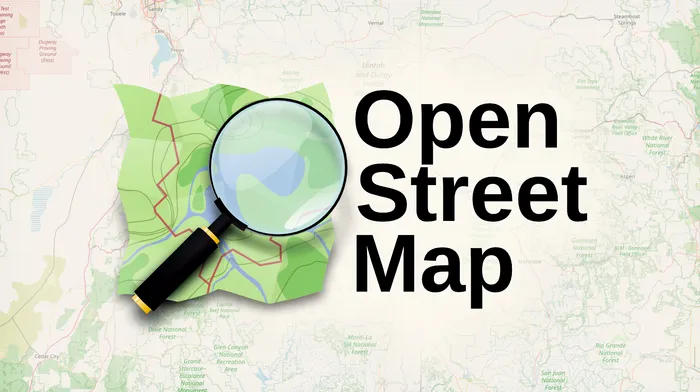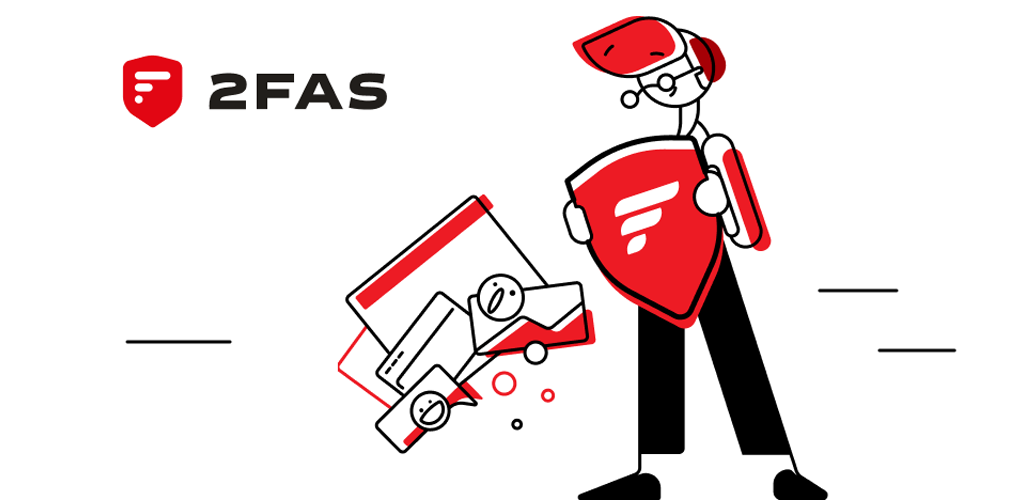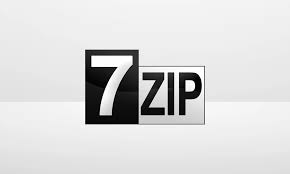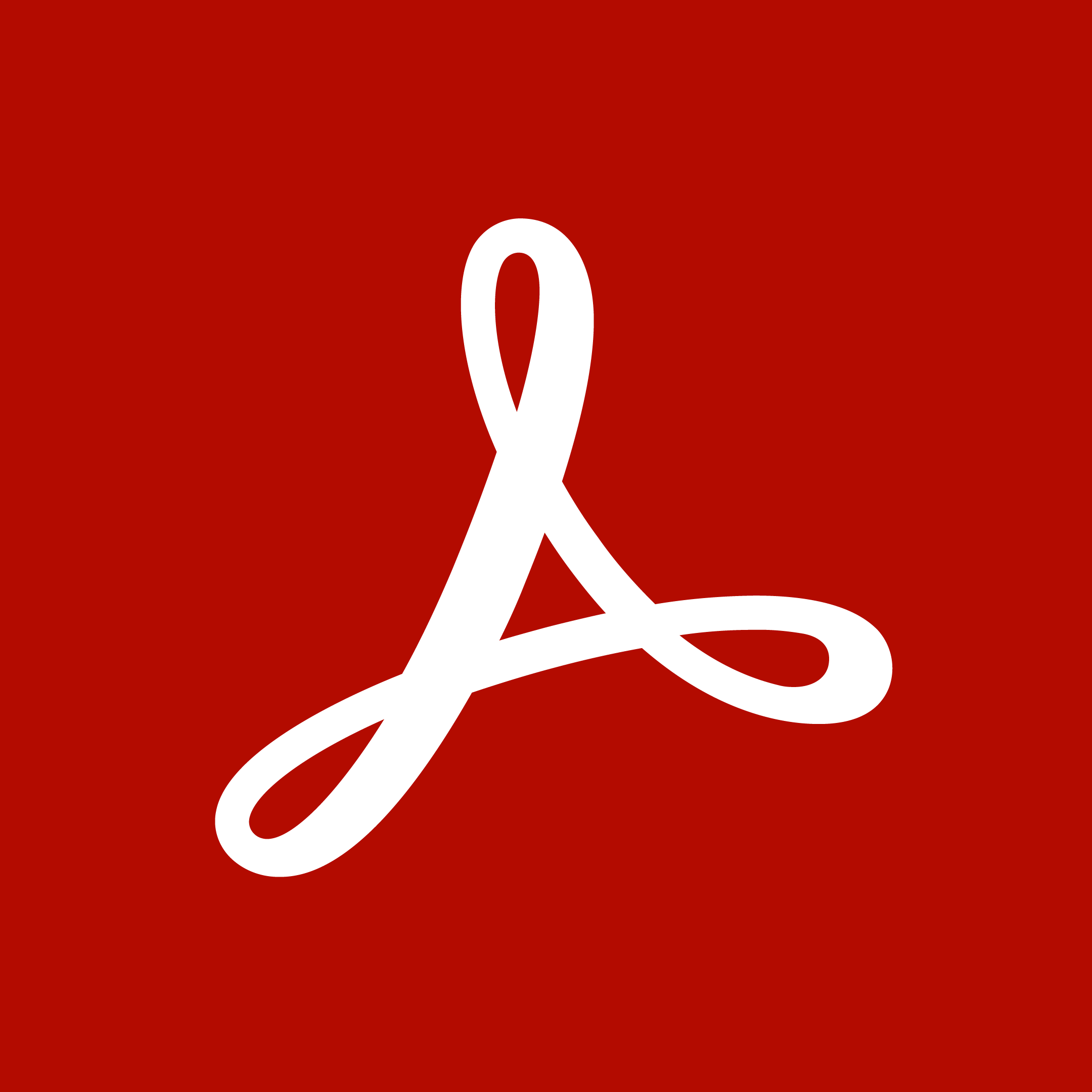OpenStreetMap: The Free, Crowdsourced Map of the World
1. What Is It?
OpenStreetMap (OSM) is a collaborative project aiming to create a free, editable map of the world. Built by volunteers who contribute geospatial data (roads, points of interest, land use, etc.), OSM functions similarly to a “Wikipedia for maps.” It’s open data, licensed under ODbL, meaning anyone can view, edit, and use the data for any purpose—commercial or personal.
Which Problem Does It Solve? Proprietary mapping services like Google Maps or Apple Maps may be comprehensive but often have closed licenses and limited user control. OpenStreetMap addresses this by offering a publicly maintained cartographic repository, enabling developers, cartographers, and organizations to create derivative works or specialized maps without hefty licensing fees—fully aligning with the MyDigitalFortress emphasis on transparency and user empowerment.

2. Technical Foundations
Crowdsourced Data & Open License
OpenStreetMap’s geodata is contributed by volunteers worldwide, using GPS traces, local surveys, aerial imagery, and public datasets. All contributions are licensed under the Open Database License (ODbL), ensuring the data remains free for anyone to copy, distribute, adapt, or build upon—so long as derivative works also share data under the same license (share-alike).
The platform stores and manages data in a PostGIS-based infrastructure, providing planet-wide coverage. Users can edit via web or desktop tools like iD Editor, JOSM, or specialized mapping apps. Periodic planet dumps let developers or organizations download the entire OSM dataset for offline analysis or custom usage.
Rendering & Custom Maps
The main OpenStreetMap.org site renders maps using software like Mapnik, but that’s just one flavor. Because OSM data is open, third parties can build unique styles—e.g., specialized cycling maps, topographic overlays, or city-level routing. Projects like OpenAndroMaps demonstrate how easily you can adapt OSM data to offline mobile usage or custom routing software.
3. Who Is It For?
OpenStreetMap caters to a wide array of users:
- Casual Mappers: Enthusiasts adding local trails, businesses, or addresses.
- Developers & GIS Professionals: Building apps or services reliant on free geospatial data.
- Humanitarian & NGO Projects: Mapping underserved regions or aiding disaster relief (e.g., HOT OSM).
- Privacy-Focused Users: Wanting an alternative to corporate mapping solutions with minimal data collection or usage restrictions.
For MyDigitalFortress readers, OpenStreetMap exemplifies a community-driven, open-data model that supports transparency, collaboration, and user autonomy in mapping.
4. Use Cases & Real-World Examples
- Humanitarian Mapping: Volunteers collaboratively trace roads and villages in remote locations for disaster response (e.g., post-earthquake relief) via HOT Tasking Manager.
- Open-Source Navigation: Apps like Organic Maps or OsmAnd rely on OSM data for offline and privacy-friendly routing, avoiding big tech trackers.
- Local Community Projects: Citizens add bike lanes, footpaths, or business details to highlight their neighborhoods, fostering community awareness.
- Research & Data Visualization: GIS analysts download planet dumps to study urban sprawl, deforestation, or global road networks, deriving meaningful insights from raw geodata.
5. Pros & Cons
Pros
- Completely Free & Open: Data available under ODbL, removing reliance on proprietary licenses.
- Community-Driven Updates: Rapid local edits often beat corporate maps in accuracy or detail for certain regions.
- Versatile & Extensible: Developers can build custom rendering, routing, or specialized GIS solutions from the raw dataset.
- Privacy-Respectful Alternative: Fewer corporate trackers or usage restrictions versus mainstream mapping platforms.
Cons
- Coverage/Consistency Gaps: Mapping quality varies by region—some areas highly detailed, others sparse if few local contributors.
- Learning Curve for Editing: Tools like JOSM or iD Editor require some effort to master for accurate contributions.
- Lack of Native Turn-by-Turn Tools: Requires third-party apps or libraries to provide advanced routing or real-time navigation.
- Potential Data Reliability Issues: Edits are crowdsourced, so mistakes, vandalism, or out-of-date info can appear (usually self-corrected by the community).
6. Getting Started
Ready to explore or contribute to OpenStreetMap? Here’s a quick guide:
- Create an Account: Sign up at openstreetmap.org. Once registered, you can edit map data or save favorite locations.
- Familiarize Yourself: Explore your area on the map, noticing if roads, buildings, or POIs are missing or outdated.
- Edit with iD or JOSM: For quick web-based edits, use the iD Editor. Power users or advanced mappers often prefer JOSM for more complex tasks.
- Follow Best Practices: Consult the OSM Wiki for mapping guidelines, tagging conventions, and local mapping style guidance.
- Integrate with Apps: If developing, investigate OSMDroid or MapLibre for rendering maps in your own projects, building truly open-source solutions.
7. Conclusion & Next Steps
OpenStreetMap embodies the power of community-driven open data, offering a rich, evolving cartographic database free from corporate constraints. This grassroots approach resonates strongly with MyDigitalFortress values: empowering users, promoting collaboration, and reducing reliance on proprietary systems.
If you’re seeking an alternative to mainstream map providers—be it for a local bike map, privacy-oriented navigation, or a global humanitarian project—OpenStreetMap offers unparalleled flexibility. While coverage quality varies by region and requires consistent volunteer updates, the community’s dedication often yields faster improvements than closed sources.
Next steps? Sign up on OSM, improve your neighborhood map data, or integrate OSM with your next app or personal “digital fortress.” By contributing, you strengthen open, free mapping for everyone—truly harnessing the synergy of crowd intelligence and freedom to innovate.





